Hadouken, Shoryuken, Sonic Boom… Street Fighter‘s moves are as iconic as the characters that wield them, but one move in particular has had a greater impact on both the Street Fighter series and its competitive gaming history than any of those — the parry.
Parrying was introduced in Street Fighter III, which was released way back in 1997 in arcades. Street Fighter III didn’t really resonate with fans the same way its earth-rocking older sibling did, but it became a massive hit within the competitive community thanks in no small part to the addition of parrying.
Evo co-founder and former Capcom employee Seth Killian, a man who would know a thing or two about the series, feels similarly. “Street Fighter III‘s parry system was arguably the biggest single mechanics change in the history of Street Fighter,” Killian told me over email. “Parrying didn’t require any meter resource to perform, so it was always available to both players, and was fantastic for turning formerly static or predictable situations into exciting mind games. Every button you touched carried a new element of risk, and it created a huge opportunity for comebacks from previously impossible situations.”
A parry in Street Fighter III is a deflection of damage, basically. Just before an attack hits you, a quick tap forward or down on the stick will make your character smack the incoming attack out of the way, giving them a brief frame advantage over their attacker. Of course, it’s not just as easy as tapping forward to deflect any attack you want, though. Parrying is an incredibly risky move, and even the world’s top players can’t pull it off whenever they want.
“Parrying from SFIII was a very simple motion (tap down or towards), but it required excellent timing, and didn’t have any animation or clear feedback when you performed the parry motion if the opponent didn’t attack. In those cases, nothing at all would happen, which made it difficult for new players to understand and master,” Killian told me.
You have about a 6-10 frame window to successfully execute a parry. Street Fighter III runs at 60 frames-per-second, meaning you get about one tenth of a second to react to an incoming attack and parry it. When you take into account techniques that deal multiple hits in rapid succession, the idea of parrying seems pretty daunting. Knowing that, it’s all the more impressive when you see high-level players make use of the technique.
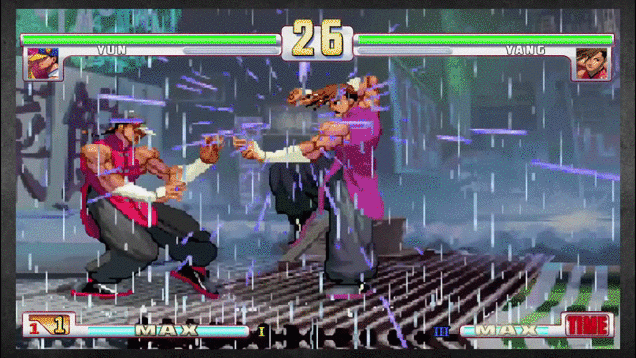
GIF: bloody power
Even if you’re not all that into fighting games, you’ve probably seen Evo moment 37, and it’s the best case for why parries were a revolutionary addition to the Street Fighter series. It also just happens to be the most-watched competitive gaming video of all time. Let me frame it for you: Daigo Umehara, Japan’s best Street Fighter player, is up against Justin Wong, America’s best. They sit down to face off at Evo 2004, and it looks like Justin is about to put Daigo down, then this happens:
Even without knowing how parries work, it’s easy to see how impressive Daigo’s feat in that match is. Parrying a single attack can be difficult, parrying fifteen of them in a row with a jump in between? That’s just insane. More than just a spectacular comeback, Evo moment 37 shows how much parrying revolutionised Street Fighter. By 2004, fighting games were waning in popularity, but Daigo’s video exploded, and showed Capcom the world could still care about 2D brawlers. Those few seconds of fighting are so famous, they spawned a book, a 10-year-anniversary tournament and are immortalised as a challenge in the 2011 remake, Street Fighter III: Third Strike Online Edition. Years after Daigo made the parry famous, and more modern technology took hold, people started to further test the limits of what you could do with parrying, which resulted in some pretty awesome tool-assisted videos like the one below. It gets pretty intense in the last 20 seconds or so.
Fighting games have always been about the metagame of getting in your opponent’s head as much as they have been about the action on screen. Parrying messes with your opponent, it tells them you’re reading their moves. Knowing that your opponent is seeing through you is going to force you to rethink your strategy, no matter who you are.
Though parrying was first introduced in Street Fighter III, that didn’t stop Capcom from bringing it to other fighting games, even if SFIII was the only mainline title to make use of it. 2006’s Hyper Street Fighter Alpha — which itself was an unlockable secret version of Alpha 3 — included a faithful reproduction of SFIII‘s parrying. To gain the ability to parry you had to use the Shadaloo-B Shadloo-ISM. Think of ISMs as combat modes — each one imparts unique skills to their users, like improved defensive capabilities or a faster-filling super combo gauge. Things like the Versus series’ air blocking made their first appearance in a Street Fighter title thanks to Alpha 3, but none carried as much strategic potential as the addition of parrying.
Capcom didn’t limit parrying to the Street Fighter series, either. In fact, the first game aside from Street Fighter III to include parries was Capcom Vs. SNK 2. Unfortunately, parrying didn’t have a huge impact on Capcom Vs. SNK 2, despite its implementation being nearly identical to that of the Street Fighter III series. Parries were part of one of CvS2‘s six selectable fighting styles, meaning it wasn’t a part of every match, as each player could only use one style per match. Nonetheless, dedicated players sought to master CvS2‘s slightly more lenient version of the move, and of course to try their hand at recreating Street Fighter‘s most famous moment.
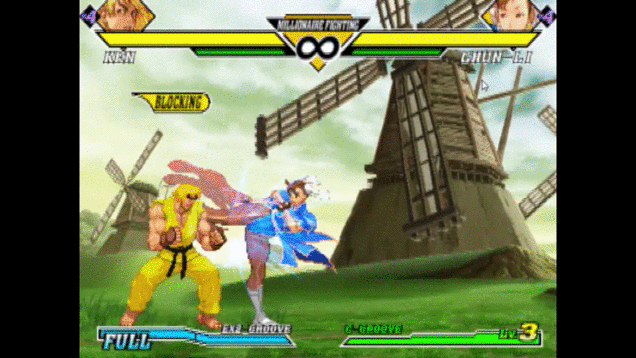
The next game to inherit Street Fighter III‘s legacy was Ultimate Marvel Vs. Capcom 3. When Capcom showed UMvC3’s new Heroes & Heralds mode at New York Comic-Con in 2011, the crowd went crazy watching a short clip of Ryu performing — you guessed it — a parry at the end of the trailer. “Heroes and Heralds was definitely a ‘kitchen sink’-style approach, where concerns over balance were thrown out the window and just about any mechanic that might be fun was thrown in,” Killian told me. “Parrying was a great addition mostly because it didn’t require the support of any new animations, so it was cheap to add, but it also really opened up the game.”
Unfortunately, parrying saw its role reduced even further than it had been in Hyper Street Fighter Alpha or Capcom Vs SNK 2. Parries in UMvC3 were only available in Heroes & Heralds mode, and even then only if you had equipped one of three cards that would enable it. Because of this, you don’t see parrying in competitive UMvC3 play. H&H cards aren’t part of the standard Evo ruleset. Even so, hardcore players like combo-master Desk put together videos showing off what the parry could do in a game like UMvC3.
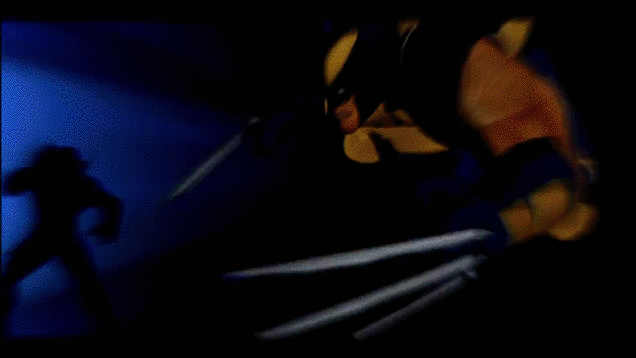
GIF: trinidadbabyboy
Parrying had to undergo a fundamental change for a game as fast-paced as those in the Versus series. Realistically, there’s just no way to effectively deflect the batshit crazy combos the game can throw at you. In UMvC3 parry inputs are more lenient than they have ever been before, and would counter multiple hits as opposed to a single hit. The freeze after a successful parry is also significantly lengthened to give you a better opportunity to successfully read the next attack. It’s an interesting implementation of the technique, even if it doesn’t carry the same ‘wow’ factor that previous versions have.
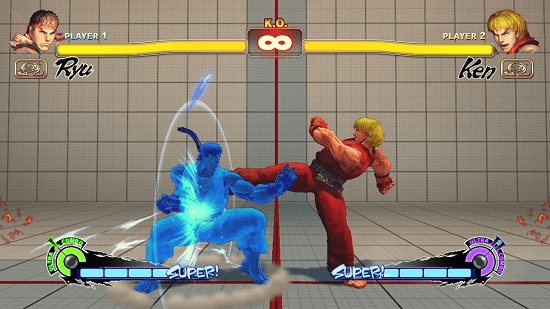
Late last year, Capcom — in keeping with their tradition of releasing way too many versions of popular Street Fighter titles — released Ultra Street Fighter IV Omega Edition. In it, the parry made a sort of soft comeback, with only some characters like Ryu, Zangief and Hugo getting the skill, while the rest of the roster got new tricks of their own. Ultra Street Figther IV Omega Edition‘s parry-style move is something of a hybrid of the original Street Fighter IV‘s focus attack and Street Fighter III‘s parry. This newer version of the move doesn’t require precise timing and can be done at any time, instead of in reaction to an opponent’s attack. The fervor surrounding parrying returning to Street Fighter was so strong that “The Daigo Parry” was recreated in Ultra SFIV Omega Edition the same day the update dropped.
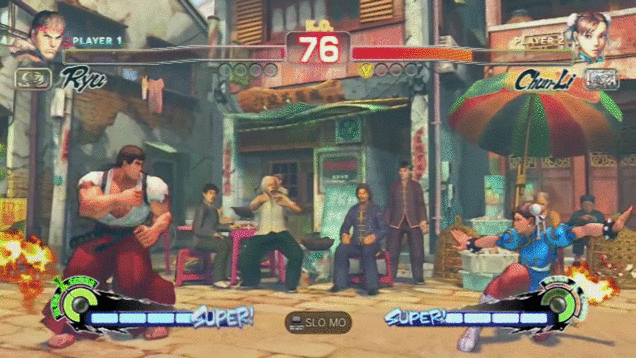
GIF: biffotasty
Even now, 16 years after Street Fighter III hit Japanese arcades, the ageing brawler’s influence can still be felt. From the lasting legacy creating by Daigo’s legendary parry to the reappearance of the move in Capcom fighting games spanning the last decade-and-a-half. Even now, Street Fighter III: Third Strike is played at Evo, making it one of the oldest games still in play at the world’s largest fighting game tournament. Without the strategic opportunities parries add to Street Fighter III, it’s entirely possible Capcom’s most hardcore fighter would be long forgotten.
The addition of such a small mechanic has had a massive impact on the landscape of competitive gaming. In a way, it serves as a symbol for what makes fighting games so great. No matter the odds, never count your opponent out. Never underestimate anyone, because it could be your downfall. That’s why we scream and cheer and collectively lose our shit over fake fights happening on a jumbotron. It’s why people hold their breath and sit on the edge of their seats waiting for the next move, even when their favourite player is on the verge of loss. Fighters don’t give up.
Steve Bowling is a regular contributor to Kotaku. When he’s not busy proudly playing a scrubby Ryu, he reviews games and anime. You can read Steve’s articles here.
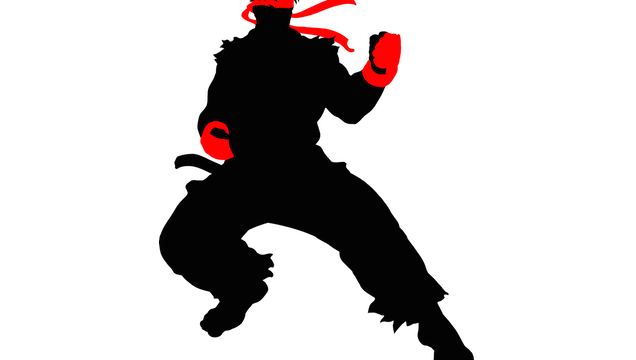
Comments
2 responses to “The Beauty Of Street Fighter’s Parry”
Fantastic article. Let’s hope parrying returns in SFV!
Tool-ass runs may impress some, but real SF3 parries are incredible to behold. A true battle of wits, requiring an expertly timed tap INTO the attack; the perfect balance of risk vs reward.
Pure unadulterated madness.